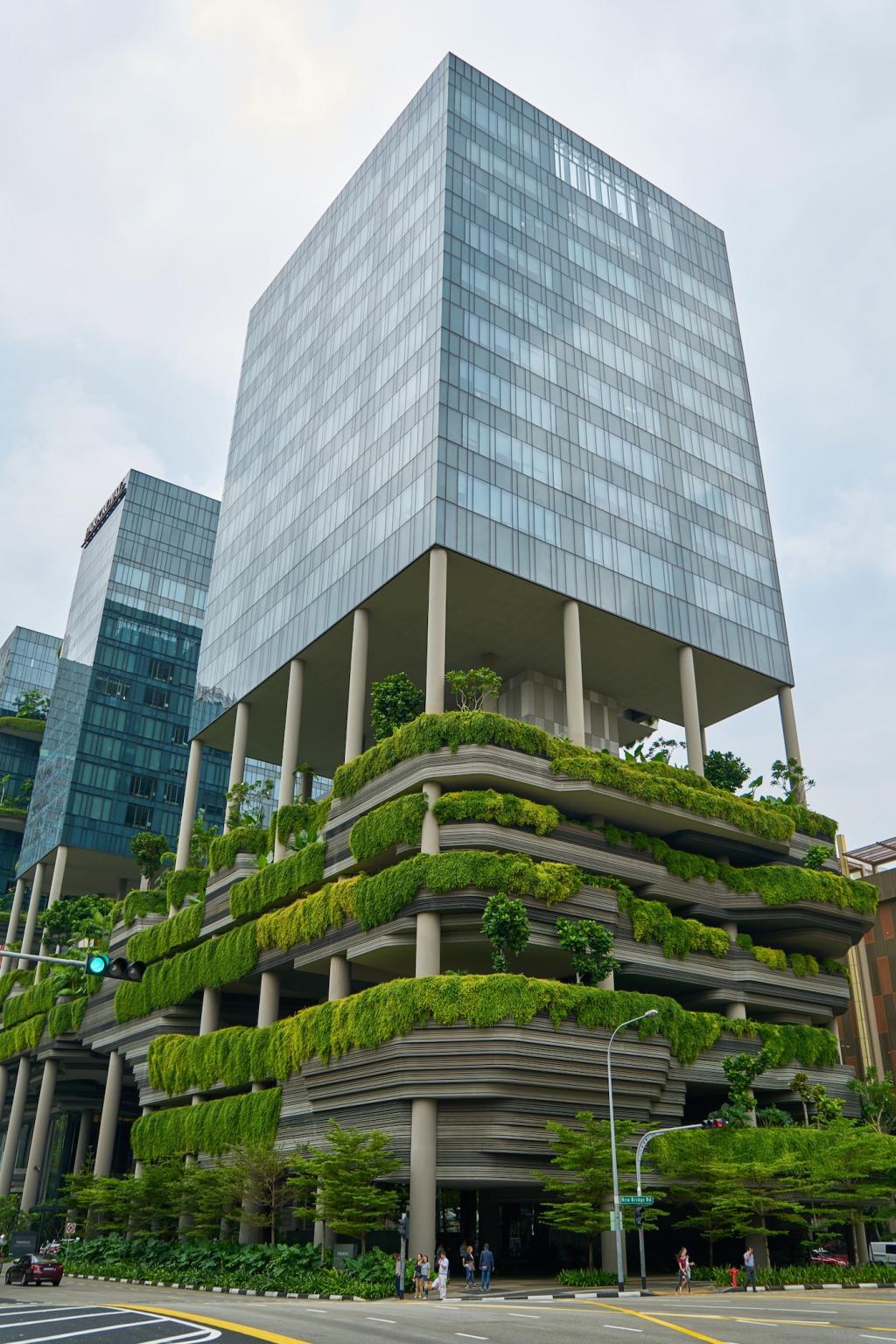Advanced Timber Construction Innovations
Discover the inspiring breakthroughs propelling timber construction far beyond its traditional boundaries. As the world seeks sustainable, high-performance building solutions, wood has emerged as an advanced and versatile material for architects, engineers, and builders. This page explores how cutting-edge technology, scientific research, and creative thinking are transforming the way timber is used in architecture—making it possible to achieve new feats in structure, design, and sustainability.
Cross-Laminated Timber (CLT)
Cross-Laminated Timber is a breakthrough material characterized by its layered structure, wherein timber boards are stacked in alternating directions and bonded together. This arrangement gives CLT panels exceptional strength, dimensional stability, and fire resistance. Architects now use CLT for multi-story buildings, tapping into its load-bearing capacity and ease of prefabrication. Building with CLT not only accelerates construction timelines but also delivers remarkable sustainability benefits, as it stores carbon and requires less energy to produce than steel or concrete.
Glued Laminated Timber (Glulam)
Glued Laminated Timber, known as glulam, consists of multiple high-strength wood laminations bonded with durable, moisture-resistant adhesives. Glulam beams can span much greater distances than traditional timber beams, enabling architects to create grand, open interior spaces without the need for intermediate supports. This flexibility is matched by a refined visual appeal, making glulam a popular choice for both structural and exposed architectural elements in commercial, residential, and public buildings.
Laminated Veneer Lumber (LVL)
Laminated Veneer Lumber is produced by bonding thin wood veneers with the grain aligned in parallel, resulting in long, strong, and dimensionally stable components. LVL is prized in applications demanding high strength-to-weight ratios—such as floor joists and beams—where it can outperform many solid sawn timber options. Its uniformity and reliability provide design freedom for architects and enable builders to achieve precision in complex timber structures. LVL’s adaptability continues to drive innovation in both large-scale and residential timber construction.
Digital Design and Fabrication Technologies
Building Information Modeling is now a cornerstone of innovative timber construction, facilitating integrated project workflows from conception through fabrication and assembly. With BIM, project teams develop highly accurate virtual models that coordinate all structural components, identify potential conflicts, and optimize design for manufacture and assembly. This ensures that prefabricated timber elements fit seamlessly on-site, reducing costly errors and delays. In mass timber projects, BIM is particularly valuable for tracking material usage and documenting sustainability credentials.

Sustainability and Environmental Benefits
Carbon Sequestration in Modern Timber Buildings
Modern timber buildings act as carbon sinks, locking away atmospheric carbon dioxide within their structures for decades or even centuries. Compared to energy-intensive materials like steel and concrete, timber’s production process emits significantly less carbon. Through the use of engineered wood products and the construction of increasingly tall and dense timber buildings, the industry is helping to mitigate climate change by both storing carbon and reducing reliance on fossil-fuel-heavy materials.


Sustainable Forest Management and Certification
Responsible timber sourcing underpins the environmental credibility of advanced timber construction. Sustainable forest management practices, certified by organizations such as FSC or PEFC, ensure that wood is harvested in a way that preserves ecosystems, maintains biodiversity, and protects the social and economic well-being of forest communities. Traceable supply chains, rigorous standards, and innovative wood utilization strategies promote not only environmental stewardship but also community resilience and economic opportunity.
